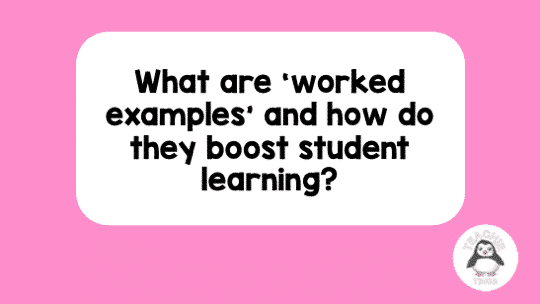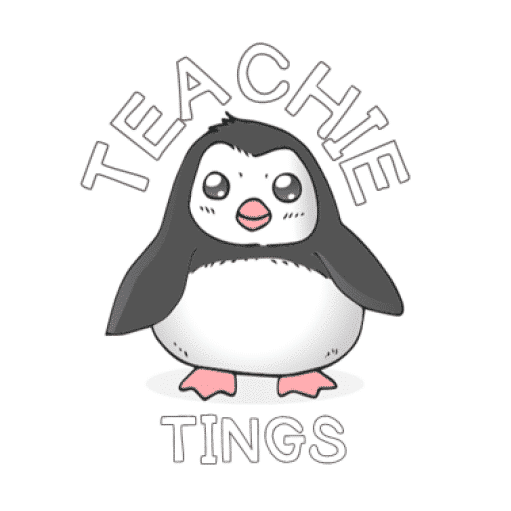
Worked examples are step-by-step explanations or examples of how to solve a particular problem or complete a task. These examples help students understand the problem-solving process and provide a model for how to apply the concepts they are learning. Not only do they include an example of work completed, but they often include annotations/success criteria […]
